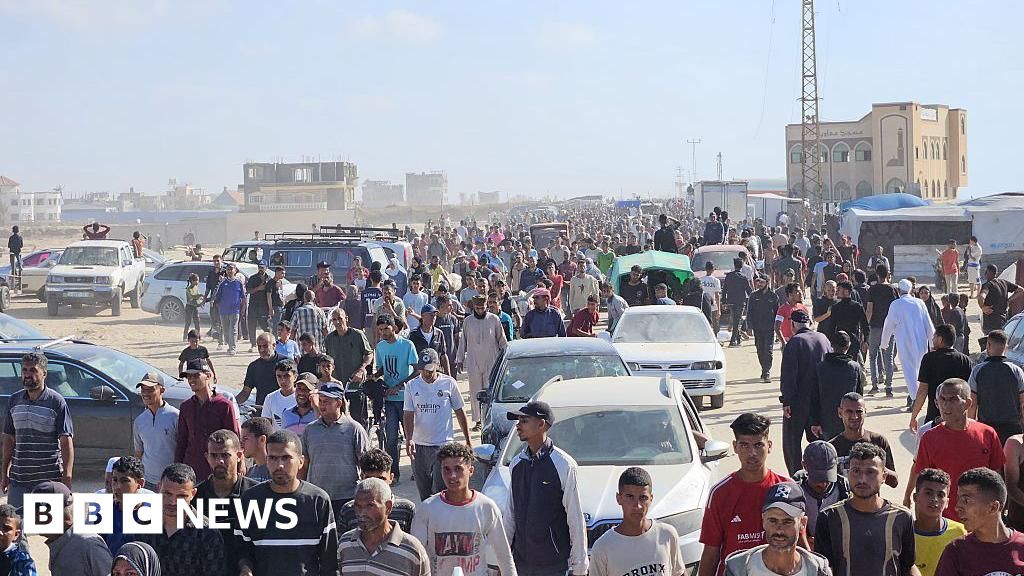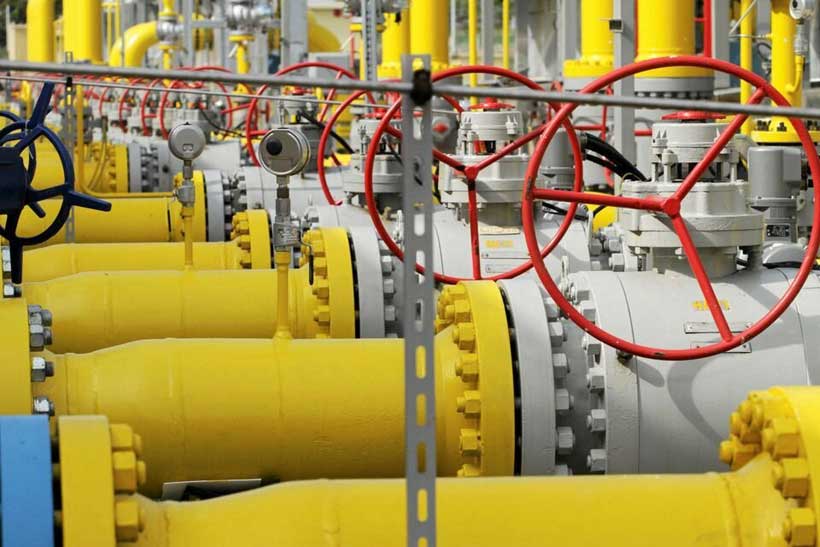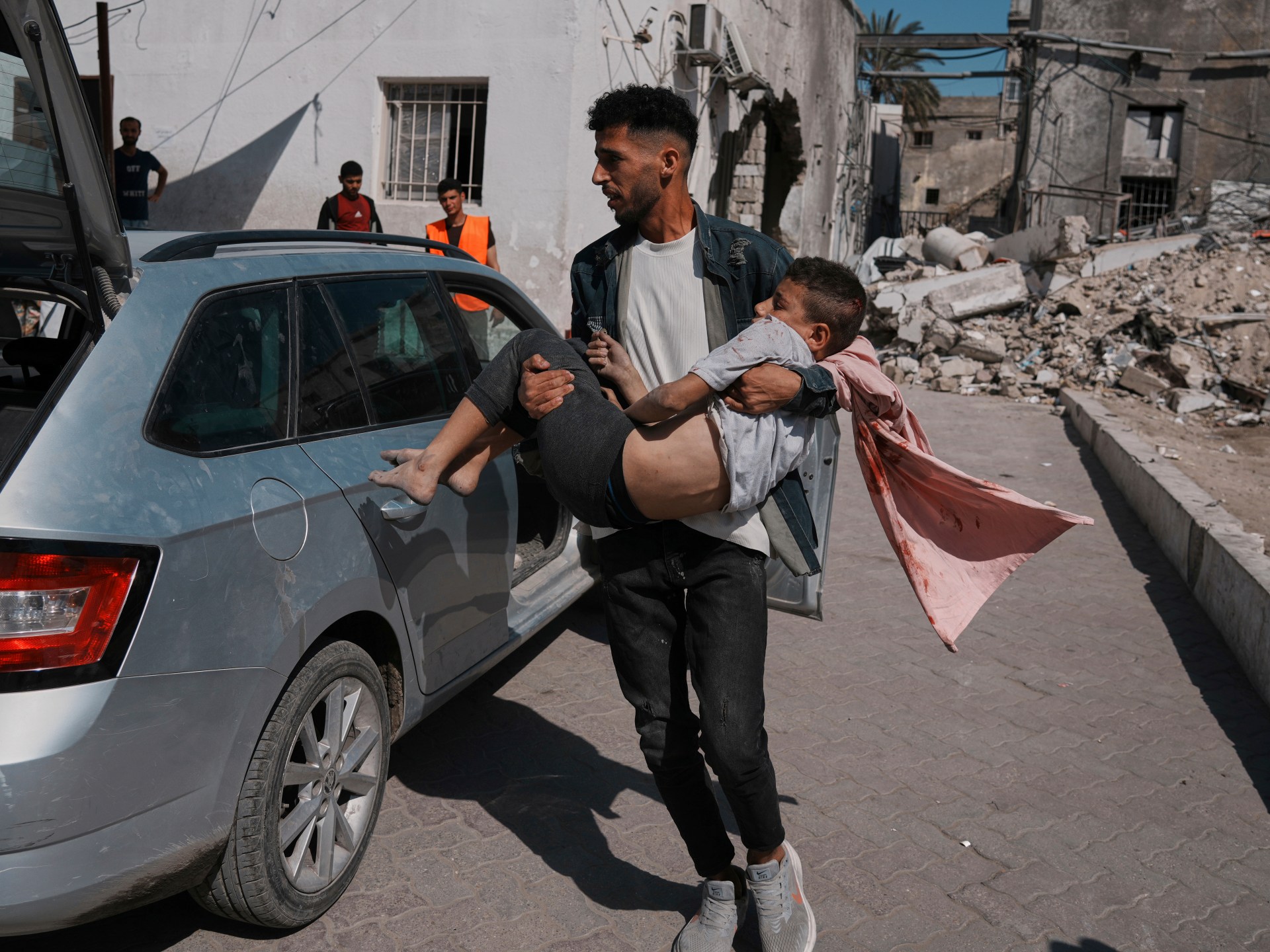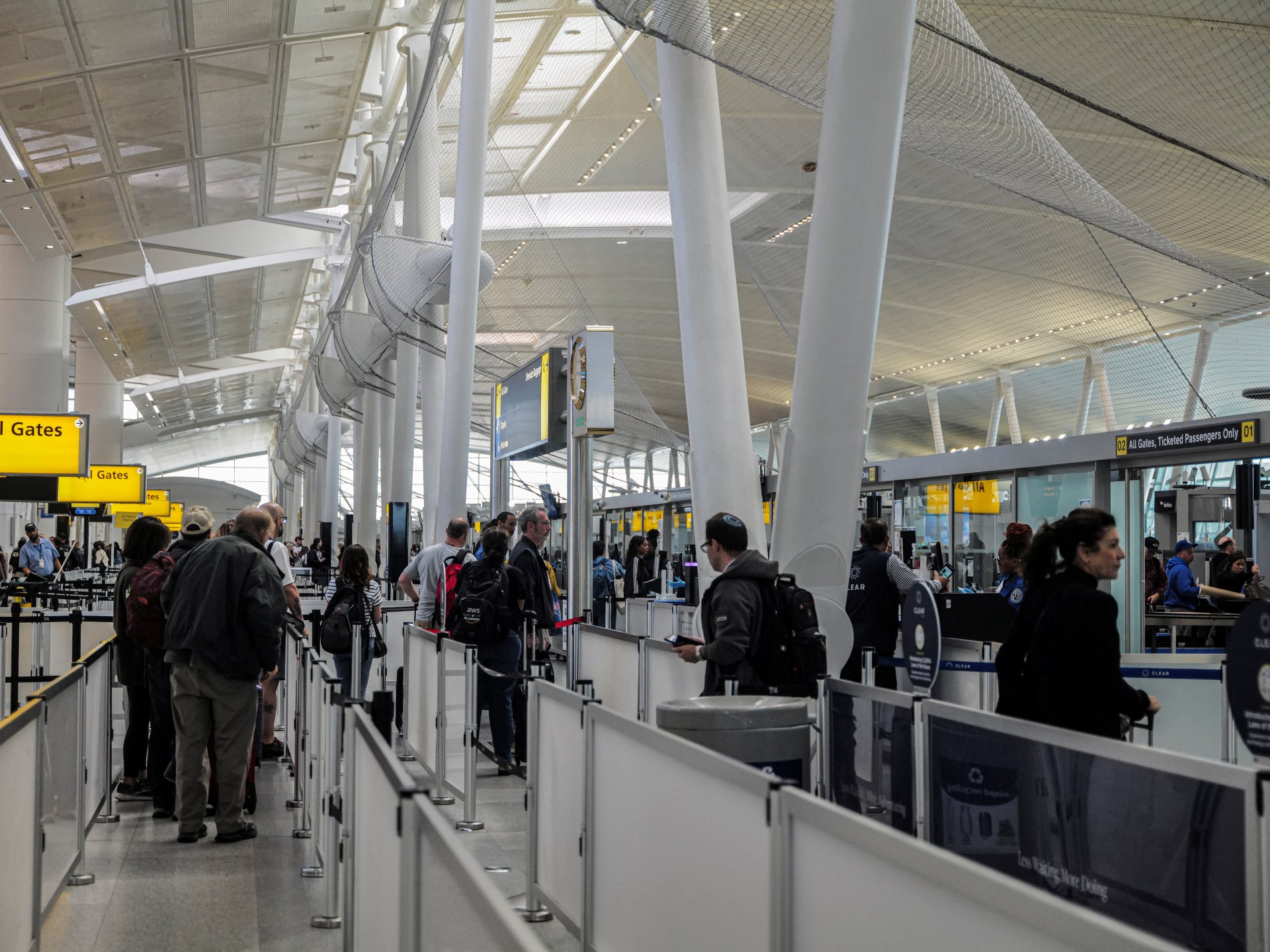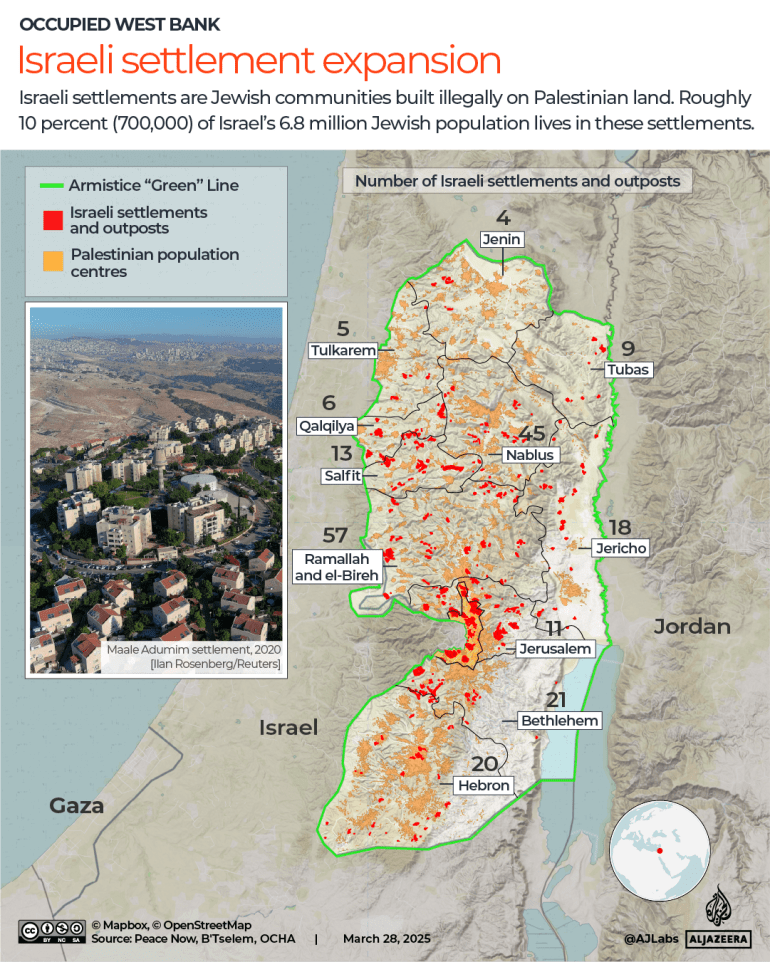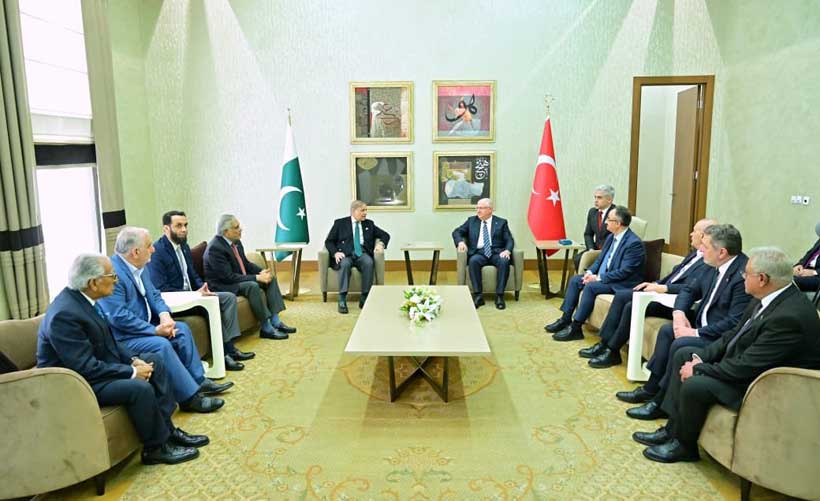In the wake of the recent India-Pakistan confrontation, Prime Minister Shahbaz Sharif’s timely diplomatic mission to four friendly nations—Turkey, Iran, Azerbaijan, and Tajikistan—has emerged as a significant step towards reinforcing Pakistan’s regional partnerships and showcasing its commitment to peace, cooperation, and brotherhood in a tense geopolitical climate. This carefully planned visit not only strengthened Pakistan’s ties with these brotherly nations but also sent a clear message to the world: Pakistan is not alone. It is backed by sincere, strategic, and spiritual allies who value peace, justice, and shared destiny over narrow national interests or short-term economic gains.
Each stop on this visit carried great symbolic and strategic significance. It reinforced bilateral trust, enhanced political understanding, and laid the groundwork for deeper cooperation in trade, defense, energy, culture, and regional integration. At the same time, it highlighted Pakistan’s diplomatic maturity and moral high ground in contrast to India’s aggressive and isolating approach.
Turkey: Brothers in Arms and Spirit
The first leg of Prime Minister Shahbaz Sharif’s journey began in Ankara. The bond between Pakistan and Turkey is not transactional—it is historical, emotional, and spiritual. During the India-Pakistan crisis, Turkey extended its full and unwavering support to Pakistan. This support was not just political—it was moral, diplomatic, and deeply rooted in a shared sense of justice and historical brotherhood.
Turkey’s role in standing by Pakistan during the confrontation with India was instrumental in boosting Pakistan’s position internationally and deterring further Indian aggression. The people of Turkey, as always, remembered the sacrifices of Muslims in the subcontinent during the Khilafat Movement, and once again, Turkish hearts beat in unison with their Pakistani brothers.
President Recep Tayyip Erdoğan’s firm statements and diplomatic engagement during the crisis showed the world that Pakistan is not isolated. During the visit, both leaders reaffirmed their mutual commitment to strengthen cooperation in defense, trade, and strategic coordination. They emphasized joint efforts to combat Islamophobia, promote regional stability, and work for greater unity within the Muslim world.
Key Takeaway: Turkey’s support during the confrontation and the outcome of this visit reaffirmed the deep, unshakable brotherhood between the two nations. New trade and defense initiatives were discussed, and Turkey’s continued role in regional diplomacy was applauded.
Iran: A Neighbor’s Role in Pursuit of Peace
The second stop was Tehran, where Prime Minister Sharif met Iranian leadership in a warm and constructive environment. As neighboring Muslim countries, Pakistan and Iran share a border, a cultural affinity, and a common vision for regional peace. They also share a history of facing similar geopolitical pressures, especially from the Western world.
When India escalated tensions with Pakistan, Iran quickly offered to mediate—a noble and thoughtful gesture that Pakistan welcomed. Tehran’s effort to prevent further bloodshed reflected Iran’s maturity as a responsible regional actor. Unfortunately, India rejected the offer and chose to pursue aggression instead, leading to a dangerous escalation.
Despite India’s hostility, Iran stood firm in advocating peace and dialogue. Prime Minister Sharif’s meeting with Iranian leaders focused on enhancing border security, trade connectivity, and energy cooperation. Discussions also covered regional developments and the role both nations can play in promoting stability in Afghanistan and the broader Middle East.
Key Takeaway: Iran’s sincere efforts for peace were appreciated by Pakistan. The visit reinforced bilateral ties in trade, border management, and energy cooperation, and set a tone for greater regional coordination in times of crisis.
Azerbaijan: Strategic Ally, Loyal Friend
The third destination was Baku, where a deeply significant and emotional welcome awaited the Pakistani delegation. Azerbaijan and Pakistan share an extraordinary relationship grounded in shared religion, culture, and history. Both nations have stood shoulder to shoulder on every major issue—be it the Nagorno-Karabakh conflict or the Kashmir dispute.
Azerbaijan vocally supported Pakistan during the confrontation with India, dismissing diplomatic pressure and economic blackmail. The visit highlighted the two countries’ strategic convergence, and both leaders committed to expanding ties in defense, energy, and connectivity.
The highlight of this leg of the tour was the trilateral summit between Pakistan, Turkey, and Azerbaijan. This landmark meeting was a symbol of Islamic unity and mutual support. The three nations discussed deeper integration in areas such as trade, technology, security, and cultural exchange. It was a bold display of a united front of Muslim nations determined to support each other and promote peace and justice globally.
Key Takeaway: Azerbaijan’s rock-solid support for Pakistan and the trilateral summit marked a new era of cooperation. It emphasized the rise of new regional alliances based on trust, respect, and shared values.
Tajikistan: Heart of Central Asia, Partner in Progress
The final stop was Dushanbe, where Prime Minister Sharif met with Tajikistan’s leadership. The visit reaffirmed Pakistan’s commitment to deepening ties with Central Asian states, particularly with Tajikistan—a country linked to Pakistan by geography, religion, language, and shared challenges.
Pakistan and Tajikistan have long enjoyed warm relations, but the visit added renewed momentum to bilateral cooperation. Both leaders discussed expanding trade routes, especially through Gwadar and Central Asia, improving energy connectivity, and strengthening cultural and educational exchanges.
Tajikistan’s support for regional peace and dialogue aligned closely with Pakistan’s vision. The two countries also explored opportunities in hydropower, climate resilience, and people-to-people contact.
Key Takeaway: The visit to Tajikistan strengthened Pakistan’s vision of regional connectivity. It highlighted the strategic importance of Central Asia and reaffirmed that Pakistan is a gateway for the region’s economic growth and stability.
India’s Punitive Response: A Miscalculation?
India’s reaction to the support extended by Turkey and Azerbaijan to Pakistan was sadly predictable. New Delhi announced punitive measures targeting both nations in trade, tourism, and diplomatic relations. This was an attempt to coerce them into silence and dissuade others from supporting Pakistan.
However, this strategy has already shown signs of failure. Turkey and Azerbaijan, guided by principles, did not succumb to pressure. They chose friendship, morality, and shared destiny over economic convenience. Their leaders made it clear: they stand with Pakistan because it is right, not because it is easy.
This tactic is not new for India. It previously attempted to punish the Maldives for not aligning with its foreign policy goals. It urged Indian tourists and businesses to boycott the island nation. Yet, the Maldivian economy remained stable and even grew stronger with support from new partners. The world is watching and learning that using economic pressure to silence moral voices rarely works.
Will India harm Turkey and Azerbaijan? It may try—but it is unlikely to succeed. Both nations have resilient economies, strong alternative partnerships, and, above all, moral clarity. Their alignment with Pakistan is a principled stance, not a temporary convenience. Their message is clear: friendship cannot be bought or bullied.
A Vision for the Future
Prime Minister Shahbaz Sharif’s visit came at a critical moment in the region’s history. The India-Pakistan confrontation risked igniting a broader crisis. But Pakistan chose dialogue, solidarity, and diplomacy. By visiting these four friendly nations, the Prime Minister demonstrated Pakistan’s peaceful intent and diplomatic strength.
Short-term outcomes include:
Stronger bilateral ties and renewed political trust.
Agreements on trade, defense cooperation, and connectivity.
Unified diplomatic messages against regional aggression.
Long-term impacts may include:
Creation of a new regional bloc focused on Muslim unity and cooperation.
Enhanced regional trade corridors linking South Asia with Central Asia and the Middle East.
A more peaceful and balanced geopolitical landscape where mutual respect prevails.
A Diplomatic Triumph
Prime Minister Shahbaz Sharif’s diplomatic tour was a message of peace, friendship, and regional cooperation. At a time when aggression could have escalated into catastrophe, Pakistan chose the path of solidarity, dialogue, and unity. The visit to Turkey, Iran, Azerbaijan, and Tajikistan was not only a reassurance to Pakistan’s friends—it was a strategic recalibration of regional alliances in favor of cooperation over confrontation.
In this ever-evolving geopolitical landscape, nations that choose principles over pressure, and friendship over fear, will shape the future. Pakistan, with its four loyal partners, has taken a bold and commendable step in that direction.
Let us hope the message of this tour echoes far and wide: peace is possible, unity is powerful, and true friendship cannot be intimidated.
